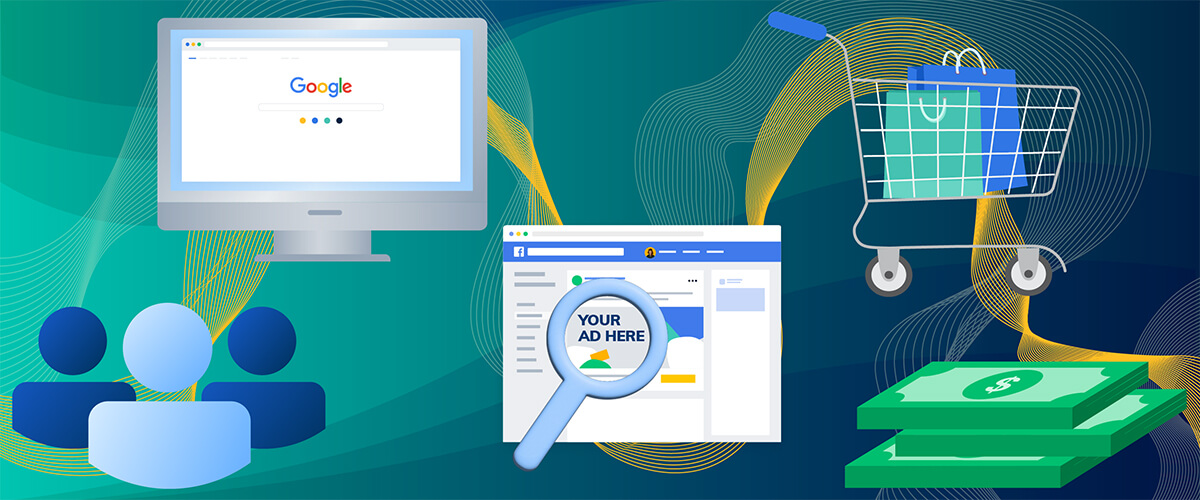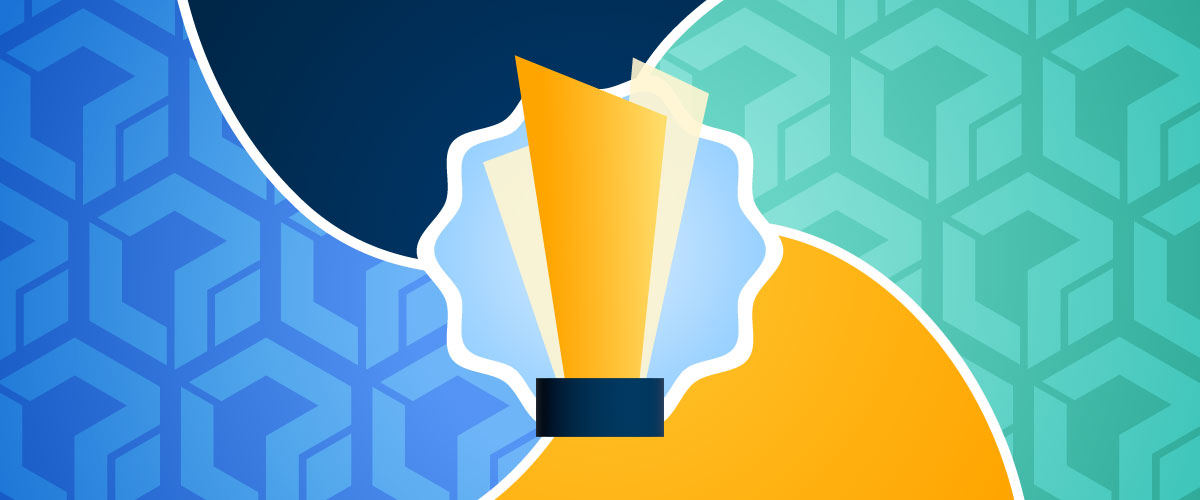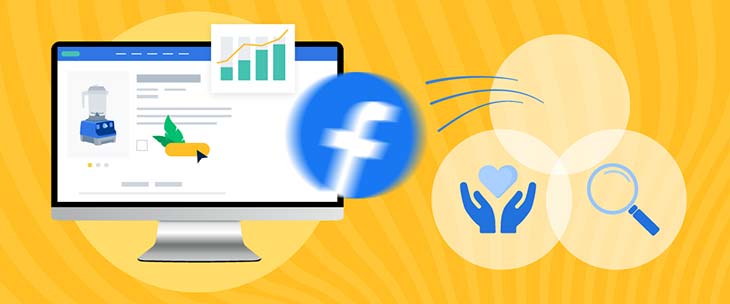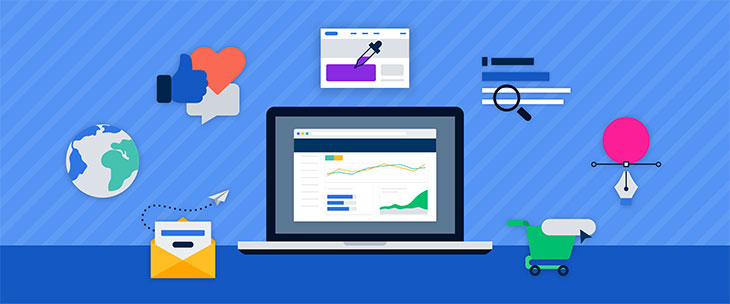We’ve talked about the benefits of an omni-channel approach before–now let’s see if you’re using it the right way. Each part of a well-ordered and efficient omni-channel approach works with the others, employing individual strengths to accomplish goals. Think of it as an ecosystem, not a machine. Each channel works differently and has its own strengths and weaknesses, but all work together to ensure the best return on investment. Here are different types of omni-channel digital marketing strategies and how they can grow your brand.
Take It from the Top
Think of your omnichannel marketing strategy as a classic marketing funnel, charting the customer journey from awareness to advocacy. We’ll start at the top of the funnel, using social media to raise awareness of your brand. Paid social is the best way to reach new customers and get your company’s name and brand out there and in front of new sets of eyes. Have Facebook’s algorithm do the work for you. Use it to create and develop custom audiences and mailing lists based on likes, interests, demographics, and age ranges. Paid social can also create lookalike audiences from people who already like your page or follow you on different platforms.
Look Out Below…
At the bottom of the funnel! These are customers actively using Google and other search engines to look for your products. Having a strong search engine optimization (SEO) presence and a well-maintained pay per click (PPC) platform helps them find you and increases the likelihood of conversion. Likewise, incorporate another channel by employing a push marketing or direct selling strategy through Facebook and send them to your site to make the sale. All these are instances of capitalizing on people actively searching for you and your brand and capturing them at a lower part of the funnel or buying cycle.
Like Sand through an Hourglass
The bottom of the funnel isn’t the end. Picture it as an hourglass. Once you convert a person into a customer, the process begins to branch out as you work to retain them. Remarketing through Google Ads or Facebook and Instagram and segmented email campaigns can increase lifetime value. With Google Ads it’s easy to burn through your budget with PPC marketing and SEO campaigns. However, these “hourglass” individuals are lower in the buying cycle and therefore closer to purchasing because they’re looking for your product.
Closing Thoughts
At the end of the day, each platform has its own strengths and weaknesses in putting your brand in front of more people. Ensure different channels enhance each others’ strengths. To accomplish this, here are the top three things to take away about different types of omni-channel digital marketing strategies:
- Allocate a budget based on your business goals. If brand growth is your main goal, budget heavily on Facebook. If your focus is on greater sales, invest more in search engine optimization (SEO) and PPC. If increasing the overall lifetime or residual value of your current customers is the target, spend more on email marketing and remarketing. But…
- However you allocate spending, don’t create completely separate strategies; keep them working together. As you generate demand on Facebook, capture that demand on Google as well. Utilize your VIP contacts–your most loyal and regular clients–and your email list to create audiences on Facebook so they work with and support one another.
- Stay dynamic! As your goals change, so should your marketing strategy. After you obtain that desired growth or raise brand awareness, shift to capturing that demand on Google or increasing lifetime value through email. Be ready to change your marketing strategy and adjust it based on where your business is and where you want it to be. Remember, keep that full-funnel approach in mind!
Want to know more about how an omnichannel digital marketing strategy can help you achieve and even exceed your goals? Contact Logical Position. We’ll assess where your campaign stands with omnichannel marketing and discuss your options.





